15 UMMA Objects
15 UMMA Objects

Igbo (Igbo (Southern Nigerian style, culture))
Mask
1900 – 1978
Gift of Mr. and Mrs. Robert T. Weston
1978/2.14

Japanese (Japanese (culture or style))
Tsuba (sword guard) with design of Kanzan (Chinese, Han Shan) and Jittoku (Chinese, Shihde), two Zen eccentrics
1700 – 1732
Gift of Mr. and Mrs. Robert T. Weston
1978/2.5

Japanese (Japanese (culture or style))
Tsuba (sword guard) with iris design
1775 – 1785
Gift of Mr. and Mrs. Robert T. Weston
1978/2.8
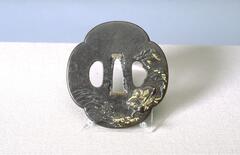
Harunori
Tsuba (sword guard) with inlaid design of samurai on horseback at the shore
18th century
Gift of Mr. and Mrs. Robert T. Weston
1978/2.2

Kinai School
Tsuba (sword guard) with design of three pawlownia crests and vines
1745 – 1755
Gift of Mr. and Mrs. Robert T. Weston
1978/2.4
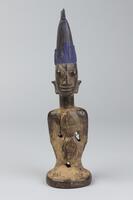
Yoruba (Yoruba (culture or style))
Male twin figure
1900 – 1978
Gift of Mr. and Mrs. Robert T. Weston
1978/2.15

Japanese (Japanese (culture or style))
Tsuba (sword guard) with design of Kanzan (Chinese, Han Shan) and Jittoku (Chinese, Shihde), two Zen eccentrics
1615 – 1868
Gift of Mr. and Mrs. Robert T. Weston
1978/2.9
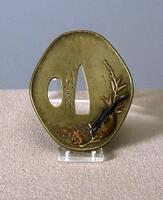
Seishinsai
Tsuba (sword guard) with design of blowfish, shrimp and plant
19th century
Gift of Mr. and Mrs. Robert T. Weston
1978/2.3

Okada Masatoyo
Tsuba (Sword guard) with design of dragon among clouds
19th century
Gift of Mr. and Mrs. Robert T. Weston
1978/2.6
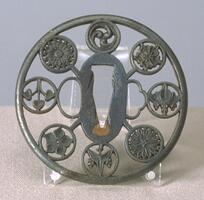
Japanese (Japanese (culture or style))
Tsuba (sword guard) with eight family crests
19th century
Gift of Mr. and Mrs. Robert T. Weston
1978/2.7
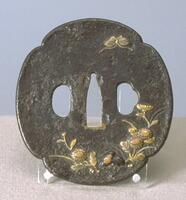
Japanese (Japanese (culture or style))
Tsuba (sword guard) with chrysanthemum and butterfly design
18th century
Gift of Mr. and Mrs. Robert T. Weston
1978/2.11
Loading…

